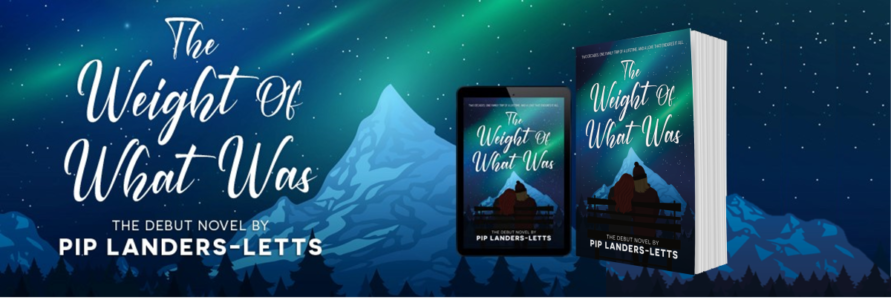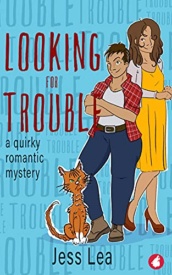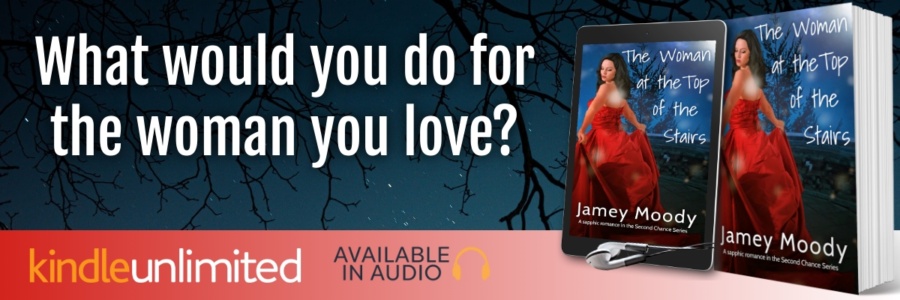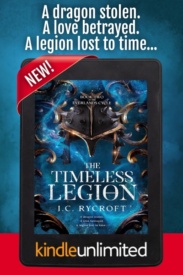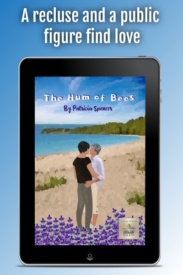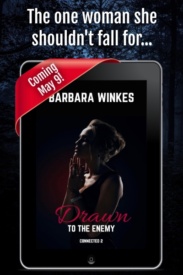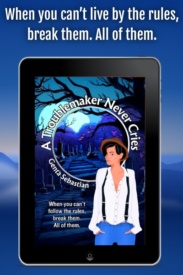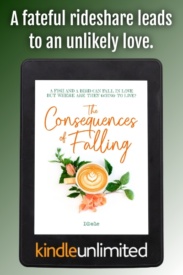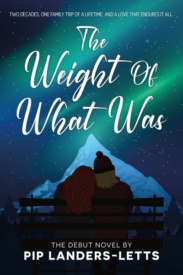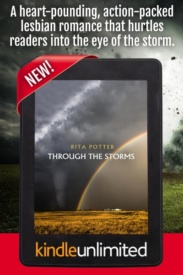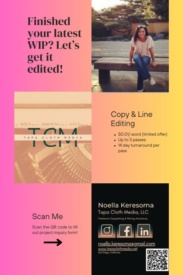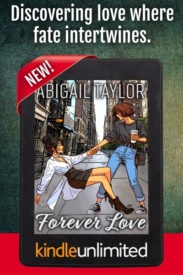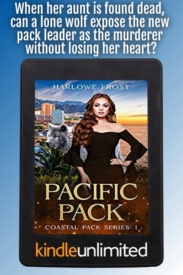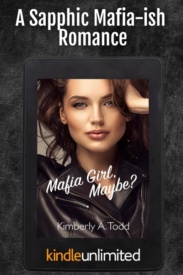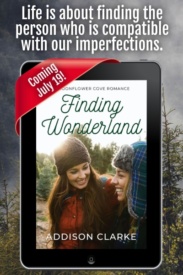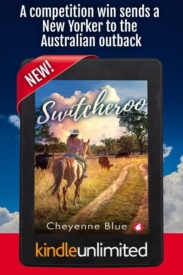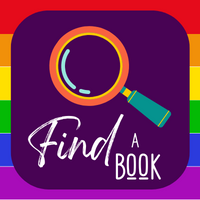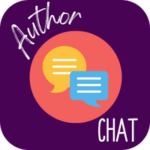
Get ready to learn more about the book Looking for Trouble in this discussion with sapphic author Jess Lea.
Join us for an exclusive peek behind the scenes as we quiz Jess Lea about Looking for Trouble, writing, reading, and more.
This book is part of the Set in Australia / New Zealand category in the 2024 IHS Reading Challenge.
Why did you write Looking for Trouble?
I was fascinated by the decay of traditional party politics and the explosion onto the political scene of a range of eccentric individuals whose appeal lay in their claim not to be politicians, while at the same time they chased power ruthlessly. The figures of the maverick Clara West and the guru-like Martin Argyle popped into my head first of all. Then I wanted to see what they would look like through the eyes of two ordinary women who had fallen by accident into their dangerous world.
Who is your favorite character in the book?
George, Nancy’s gruff, grumpy, bus-driving love interest, is a character who’s very close to my heart. Yes, George has her flaws: she can’t say “hello” without starting an argument and she has made some serious errors of judgement in her time. But she’s hard-working, resilient, courageous, and secretly tender. She has a lot of “grit”, and her disregard for fashion and popularity means she can be trusted. George isn’t much like me, but she is a composite of many admirable lesbians I’ve met over the years!
What was the biggest challenge writing Looking for Trouble?
Some of the book was written during Melbourne’s hard pandemic lockdowns. This was a stressful, dreary time and it did not exactly nourish a writer’s imagination! But writing also provided an outlet, a form of escape, and a way to imagine being back in the world with other people.
What part of the book was the most fun to write?
The action-packed finale, with its revelations of two characters’ dreadful secrets, was lots of fun to bring to life. In a sadistic way, I also enjoyed writing about poor Nancy’s struggles with her housemates from hell.
How did you come up with the title for your book?
The book had a different title at first, which made it sound like a cerebral political thriller. But as the manuscript came together it became clear that it wasn’t that kind of story at all; it was more of a rollicking adventure with a fair portion of silliness! I arrived at Looking for Trouble because it had an active, mischievous sound to it.
What is your writing process like?
I have deep admiration for organised writers who plan their books out meticulously in advance and stick to it. It’s my ambition to manage that, one day. In the meantime, I have a core idea and write a few scenes to see if it sparks my imagination. Then I do some planning, write several chapters, realise why the original plan and writing don’t work, then start again. And repeat…about eighteen times.
Where do you usually write, and what do you need in your writing space to help you stay focused?
A comfortable chair, a view of the outside world, a hot beverage, the company of a supportive cat, and time… Alas, the last one is hard to come by.
Do you have a pet who helps/hinders your typing?
I am blessed to share my home with a large, determined calico cat who is obsessed with paper, especially the large sheets of butcher’s paper I like to use for my planning. She pounces on them, chews them, shreds them, surfs across the room on them, or simply sits heavily in the middle of them, staring at me with judgemental eyes while I try to write around her.
What has helped or hindered you most when writing a book?
Having a day job is both a hindrance and a help. It limits the time and energy I have for writing, for obvious reasons, but the time pressure in the morning (“Come on! You have thirteen minutes before you have finish this chapter and get to work!”) is a powerful incentive.
When you’re writing an emotional or difficult scene, how do you set the mood?
Writing a very, very rough draft first: stream of consciousness, no punctuation, handwriting barely intelligible. Once the core ideas are down, they can be refined into something better.
Do you feel bad putting your characters through the wringer?
In Looking for Trouble, George is carrying around guilt from a painful experience that she has not shared properly with anyone before she meets Nancy. It was a hard episode to introduce into her story, but it helped to deepen her character and make sense of some of her more difficult behaviours.
Have you ever hated one of your characters?
One way to make a character deeply unlikeable is to make that character absolutely certain of their own likeability and their own moral goodness. Some of the nastiest and most dangerous characters I have written are 100% certain of their own righteousness. This includes several individuals in Looking for Trouble – this book has quite a line-up!
What books did you grow up reading?
I grew up reading a lot of dark, imaginative, funny and macabre children’s books: Paul Jennings, Roald Dahl, Robin Klein. I also read old-fashioned comedic books for adults which included literacy references and beautifully witty language: P G Wodehouse, John Mortimer. All these books introduced me to the joy of reading: the escapism, world-building and discovery of humour in strange places.
What book do you wish you had written?
Pride and Prejudice is surely one of the most flawless novels ever written. There are plenty of temptations for sapphic retelling there (Charlotte Lucas, anyone?) but no, it would be sacrilege to touch a single word!
Describe your favorite reading spot.
A cosy armchair in my front room, surrounded by my bookcases and next to a beautiful old timber cabinet made by my grandfather. It is a book-lined haven!
Do you only read books in one genre or do you genre hop?
I enjoy all sorts of genres, although lately I seem to be reading mostly mystery stories. The best ones contain the most perfect combination of elements for a good story: a vivid, unique setting, a (usually) troubled and isolated protagonist, a shocking crime, dilemmas over whom to trust, and a satisfying resolution.


